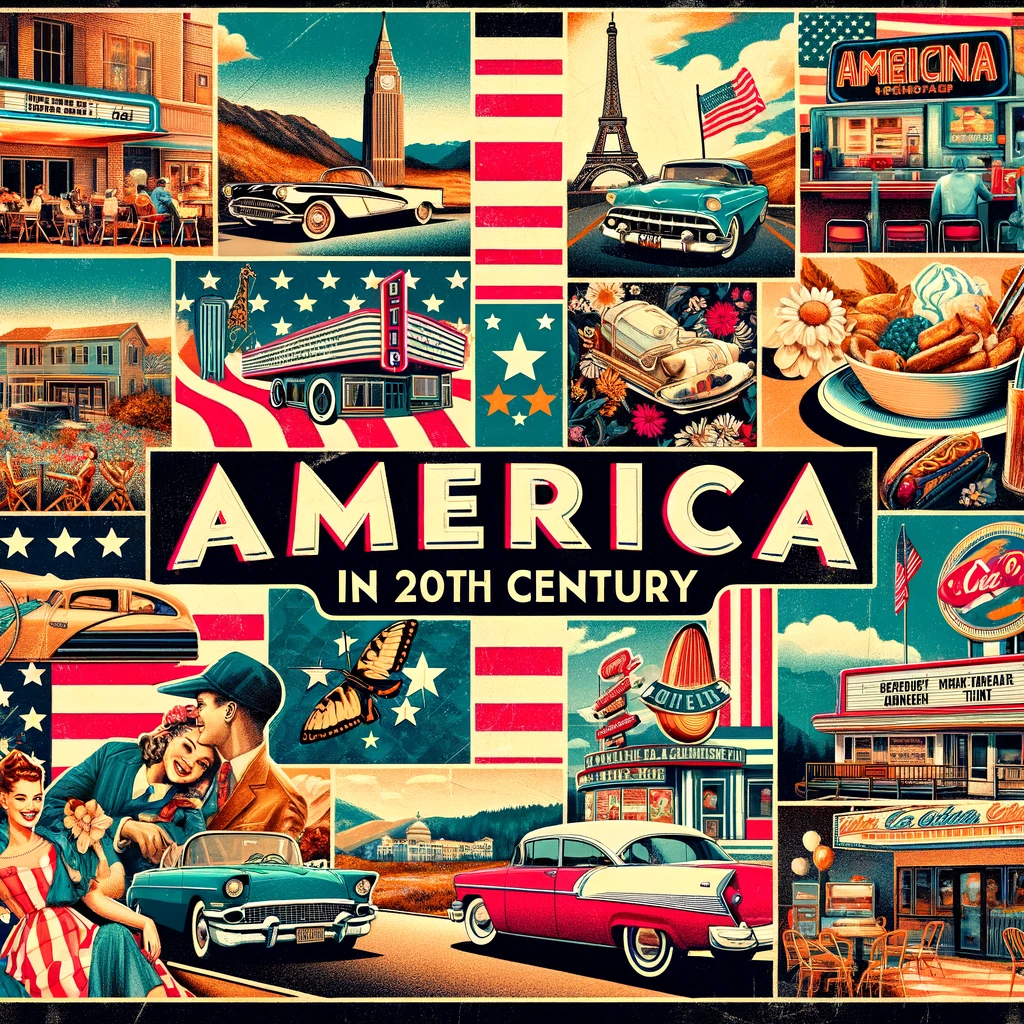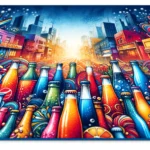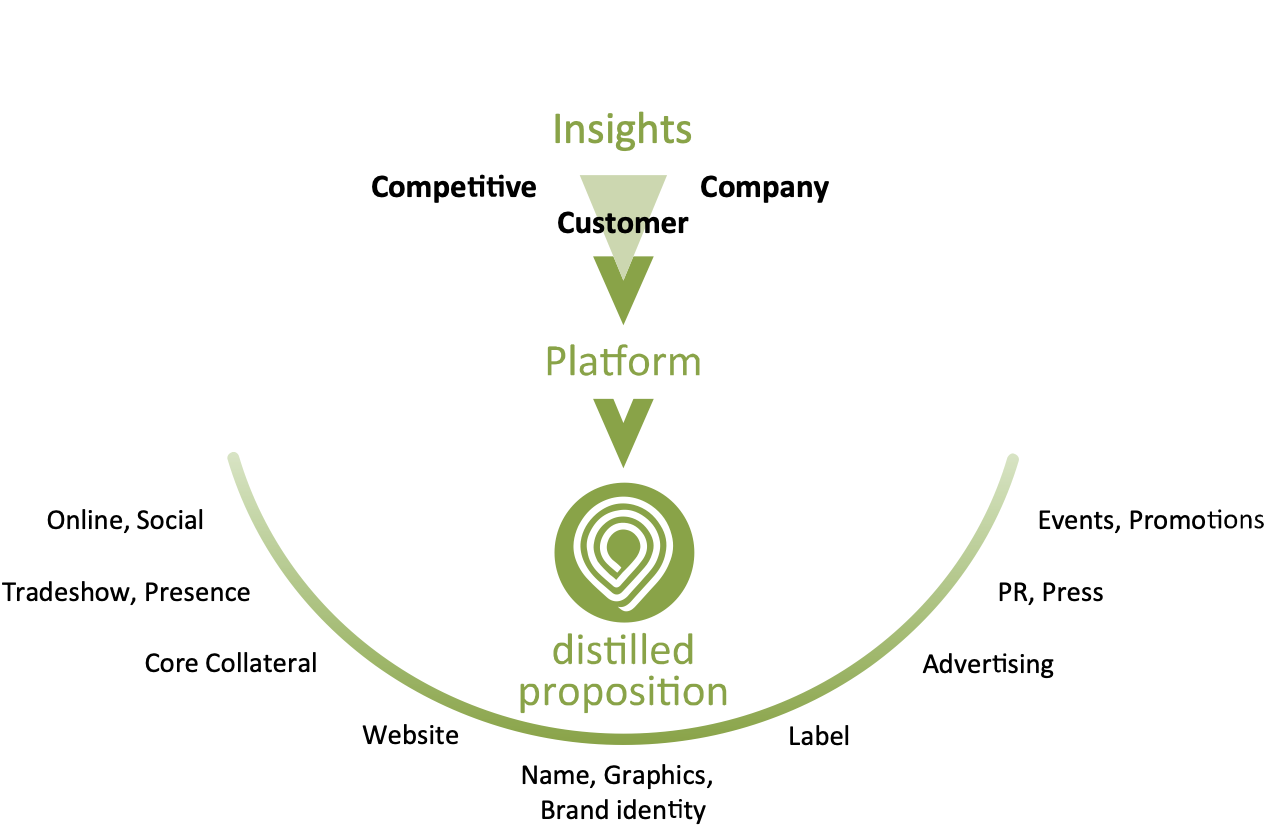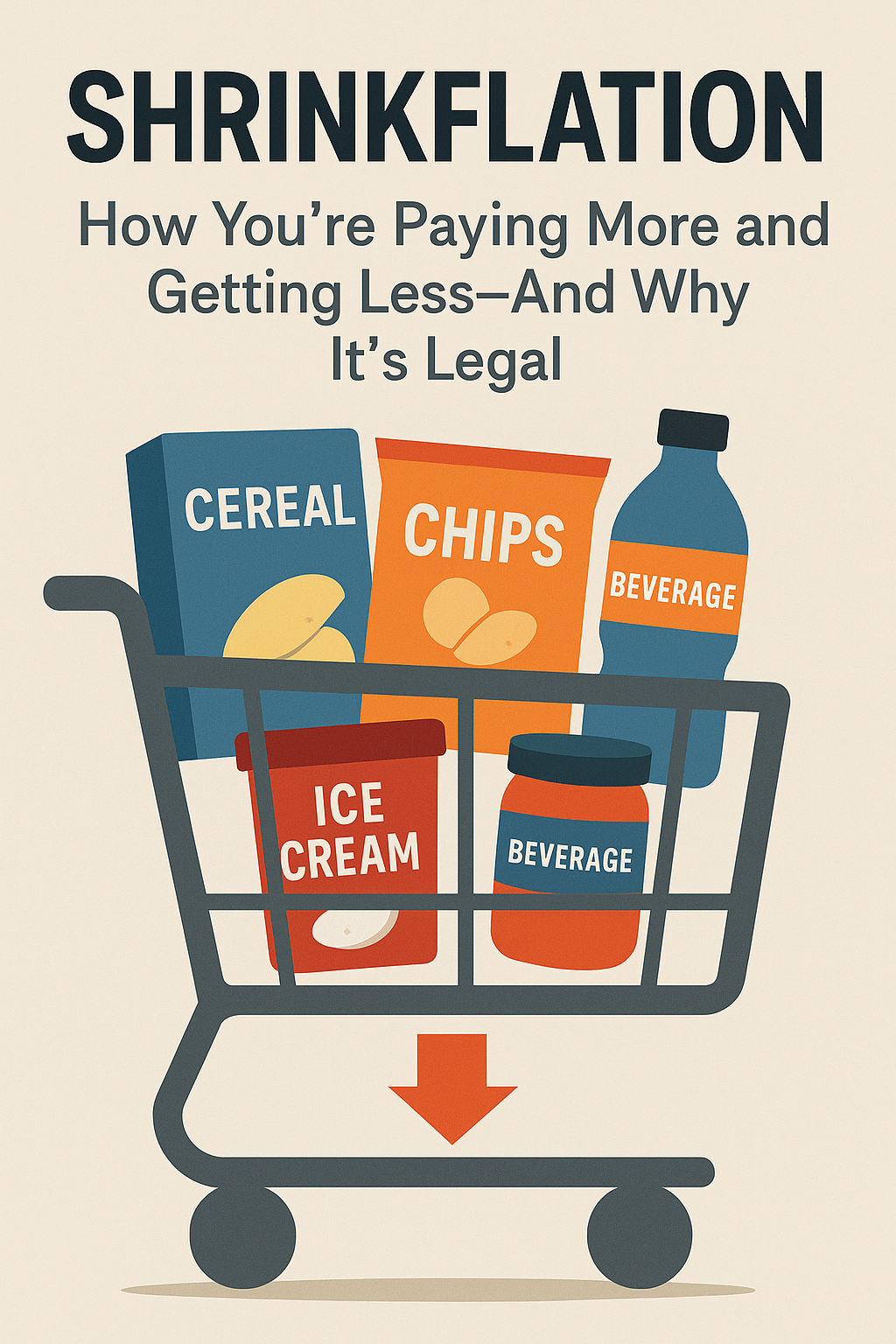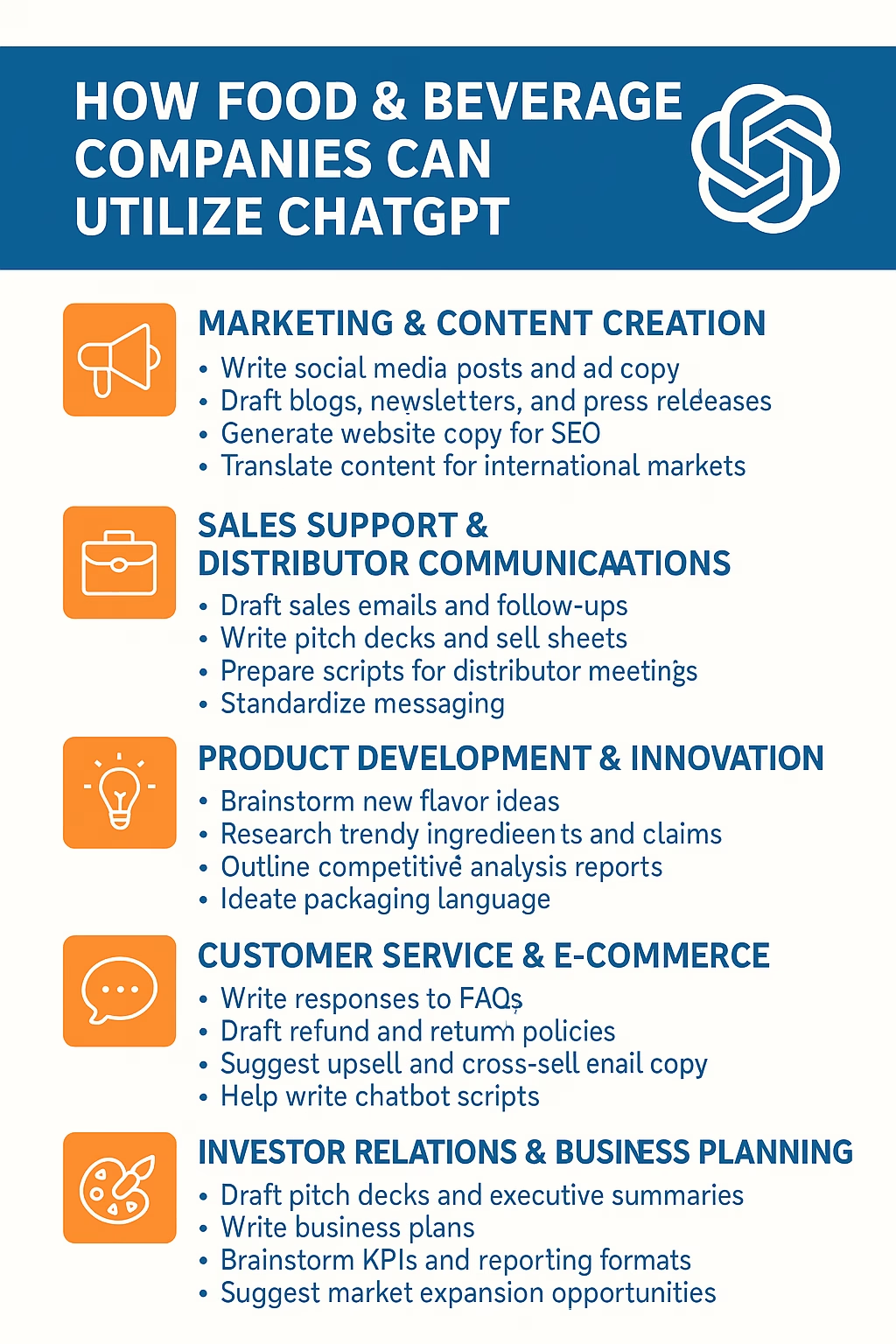This roadmap serves as a strategic compass for anyone building a brand—from early-stage entrepreneurs to CMOs at global companies. Follow…
The Golden Age of Regional and Independent Soda Brands in 20th Century America
“It’s hard to believe there were so many regional soda companies in the United States in the 20th Century.” This statement captures the essence of an era marked by a remarkable diversity in the American soft drink industry. Unlike today’s market, dominated by global giants, the 20th century was a golden age for regional and independent soda brands. Each corner of the country boasted its own unique carbonated creations, reflecting local tastes, traditions, and entrepreneurial spirit. From the deep-rooted histories of brands like Coca-Cola and Pepsi to the distinct flavors of regional favorites like Vernors and Cheerwine, the American landscape was effervescent with a multitude of fizzy offerings. This article delves into the stories, successes, and eventual decline of these iconic brands, painting a picture of a time when soda fountains and local bottlers were at the heart of American culture.
The Golden Age of Regional and Independent Soda Brands in 20th Century America
The 20th century in the United States was a remarkable era for the soft drink industry, marked by a proliferation of regional and often independent soda brands. Each brand had its unique flair, often deeply intertwined with local culture and tastes. This diversity was a testament to the entrepreneurial spirit of the time and the public’s growing love for carbonated beverages.
The Rise of Regional Favorites
- Coca-Cola (Georgia, 1886): Born in Atlanta, Coca-Cola’s journey from a local tonic to a global giant is a classic American success story. Its secret formula and marketing genius made it synonymous with soft drinks.
- Pepsi-Cola (North Carolina, 1893): Pepsi began as “Brad’s Drink” in New Bern, North Carolina. Its affordable pricing and aggressive marketing strategies helped it become a key player in the cola wars.
- Dr Pepper (Texas, 1885): Created in a Waco pharmacy, Dr Pepper’s 23-flavor blend was a hit. Its non-cola status made it unique, appealing to those seeking something different.
- Mountain Dew (Tennessee, 1940s): Originally a whiskey mixer, Mountain Dew evolved into a popular soda with a strong Southern identity, known for its high caffeine content.
- 7 Up (Missouri, 1929): 7 Up started as a mood-stabilizing tonic in St. Louis. Its evolution into a mainstream lemon-lime soda reflects the changing public perception of soft drinks.
- A-Treat (Pennsylvania, 1918): Embodying Pennsylvania’s local taste, A-Treat offered a variety of flavors, including regional favorites like Birch Beer.
- Cheerwine (North Carolina, 1917): This cherry-flavored soda from Salisbury is an example of a regional brand that built a loyal fan base through unique flavor and local identity.
- Vernors (Michigan, 1866): Detroit’s Vernors is one of America’s oldest soft drinks. Its strong ginger flavor and barrel-aging process distinguished it from other ginger ales.
- Moxie (Maine, 1876): Moxie, with its distinctively bitter flavor, showcases the early trend of medicinal tonics transitioning into popular soft drinks.
- RC Cola (Georgia, 1905): Royal Crown Cola from Columbus, Georgia, was an innovator, first to launch a diet cola and a canned soda, carving its niche in the cola market.
- Faygo (Michigan, 1907): Detroit’s Faygo remained a beloved local brand, known for its variety and playful marketing, epitomizing the community-centered approach of regional sodas.
- Big Red (Texas, 1937): This cream soda with its unique “red” flavor became a Texan favorite, showing how regional tastes influenced soda characteristics.
- Jolt Cola (New York, 1985): Known for its high caffeine content, Jolt was marketed as a “maximum caffeine” soda, tapping into the emerging trend of energy drinks.
- Hires Root Beer (Pennsylvania, 1876): A Philadelphia creation, Hires Root Beer was a picnic staple and one of the first mass-produced root beers in America.
- Bubble Up (Ohio, 1919): As an early lemon-lime soda, Bubble Up competed directly with 7 Up, illustrating the era’s competitive spirit in even niche flavor categories.
- Ale-8-One (Kentucky, 1926): This ginger and citrus soda remained a Kentucky specialty, showing how local tastes can sustain a brand for generations.
- Barq’s Root Beer (Mississippi, 1898): Originating in Biloxi, Barq’s was unique for its sarsaparilla and vanilla taste, later becoming part of the Coca-Cola family yet retaining its regional heritage.
- Ski (Illinois, 1956): Made with real orange and lemon juices, Ski’s natural flavoring approach was ahead of its time, appealing to a health-conscious demographic.
- Sundrop (Missouri, 1949): Known for its citrus flavor, Sundrop transitioned from a regional favorite to national availability, highlighting the potential for regional brands to expand.
- Shasta (California, 1889): Shasta’s transformation from mineral water to a diverse soft drink line exemplifies the industry’s adaptability and innovation.
- Nehi (Georgia, 1924): With its range of fruit flavors and bright, colorful advertising, Nehi reflects the era’s experimentation with flavor and branding.
- Bludwine/Budwine (Georgia, 1906): This cherry-flavored soda became a regional staple, showing how unique flavors could capture a local market.
- Frostie Root Beer (Maryland, 1939): Frostie’s traditional root beer taste and branding catered to America’s nostalgia for the old-fashioned soda fountain era.
- Squirt (Arizona, 1938): Squirt’s grapefruit flavor and crisp taste appealed to those seeking a refreshing alternative to colas and cream sodas.
- NuGrape (Georgia, 1921): As one of the first fruit-flavored sodas, NuGrape capitalized on America’s love for grape flavor, a trend still popular today.
- Clicquot Club (Massachusetts, 1881): Famous for its ginger ale, Clicquot Club’s popularity shows the early American taste for ginger-flavored beverages.
- Dad’s Root Beer (Illinois, 1937): Dad’s became a household name with its classic root beer and innovative marketing strategies like six-pack packaging.
- Hubble Bubble (Pennsylvania, 1940s): This grape-flavored soda with distinctive packaging was part of the post-war American boom in consumer goods and branding.
- Double Cola (Tennessee, 1933): Known for its larger bottles, Double Cola’s strategy shows how packaging innovations can create a market niche.
- Tab (Georgia, 1963): Coca-Cola’s introduction of Tab marked the beginning of the diet soda era, reflecting changing consumer preferences towards low-calorie options.
Analysis of the Decline in Regional Soda Brands
1. Consolidation and Acquisition
The consolidation and acquisition of smaller regional soda brands by larger corporations significantly reshaped the beverage industry landscape. This trend was driven by the desire of big companies to expand their market share, diversify product portfolios, and eliminate competition.
- Coca-Cola’s Acquisition Spree: Coca-Cola, in its quest to dominate the market, acquired several regional brands. For example, in 1960, it purchased Barq’s, a Mississippi-rooted brand famous for its root beer. This move allowed Coca-Cola to expand into new flavor territories and leverage Barq’s regional popularity.
- PepsiCo’s Strategic Takeovers: Similarly, PepsiCo made significant acquisitions, such as the purchase of Mug Root Beer in the 1980s, allowing it to strengthen its position in the root beer market and compete directly with Coca-Cola’s Barq’s.
- Dr Pepper and Snapple Group Merger: In 2018, Keurig Green Mountain merged with Dr Pepper Snapple Group, illustrating a trend of consolidation beyond just colas, encompassing a range of beverage types.
- Craft Soda Brands Acquisitions: Larger beverage companies have also acquired craft soda brands to diversify their offerings and tap into the niche market that prefers artisanal or unique flavors.
2. Market Saturation and Competition
The soft drink market experienced intense saturation and competition, especially from the late 20th century onwards. The dominance of large brands created a challenging environment for smaller players.
- Shelf Space Wars: Major brands like Coca-Cola and PepsiCo secured extensive shelf space in stores, limiting the visibility and accessibility of regional brands. This situation was exacerbated by exclusive agreements with retailers and restaurants.
- Marketing Might: The financial power of big companies allowed for massive marketing campaigns, celebrity endorsements, and global advertising, overshadowing smaller brands.
- Distribution Networks: Larger companies built extensive, efficient distribution networks, making it difficult for regional brands to expand beyond their local territories.
- Price Wars: Bigger companies often engaged in price wars, using their economies of scale to offer lower prices, a strategy unaffordable for smaller brands.
3. Changing Consumer Preferences
Consumer preferences have shifted significantly, affecting the traditional soda market.
- Health Consciousness: Increasing awareness of health issues related to sugary drinks led many consumers to switch to healthier alternatives like bottled water, tea, and fruit juices.
- Demand for Variety and Artisanal Products: While this trend hurt some traditional sodas, it opened opportunities for craft sodas and brands offering organic or natural ingredients.
- Diet and Low-Calorie Sodas: The rise of diet sodas altered the market, benefiting brands that successfully developed and marketed low-calorie options.
- Environmental Concerns: A growing preference for sustainable and eco-friendly products affected brands that were slow to adopt environmentally friendly practices.
4. Economic Challenges
The economic landscape posed significant challenges for smaller soda companies.
- High Production and Operation Costs: Rising costs of raw materials, production, packaging, and distribution put financial pressure on smaller brands.
- Regulatory Compliance: Adhering to food safety regulations and changing labeling requirements demanded resources that many small companies struggled to meet.
- Competing with Bulk Purchasing: Larger companies’ ability to purchase in bulk and negotiate better prices from suppliers put smaller brands at a financial disadvantage.
- Investment in Technology: Keeping up with advancements in production technology and automation required capital investments that were often beyond the reach of smaller brands.
Impact of Bottle Bills (Recycling Laws)
The introduction of bottle bills, or container deposit laws, in some states created an additional layer of complexity. These laws, aimed at encouraging recycling, required a deposit on beverage containers that could be reclaimed upon return.
- Additional Operational Costs: Small soda companies often faced increased costs due to the need for handling returned containers and managing deposits.
- Logistical Challenges: The logistics of tracking, collecting, and processing returned containers were complex and resource-intensive, particularly burdensome for smaller operations.
- Uneven Playing Field: As these laws were not uniform across states, regional brands operating in bottle bill states were at a disadvantage compared to those in states without such laws.
- Limited Distribution Choices: The added complexity of bottle bills sometimes discouraged smaller brands from distributing their products in states with these laws, limiting their market reach.
In summary, the combination of corporate consolidations, competitive market dynamics, evolving consumer preferences, economic challenges, and regulatory environments, including bottle bills, played significant roles in the decline of regional and independent soda brands in the United States. These factors collectively marked the end of an era defined by a rich tapestry of local flavors and brands, leading to the current landscape dominated by a few major players.

